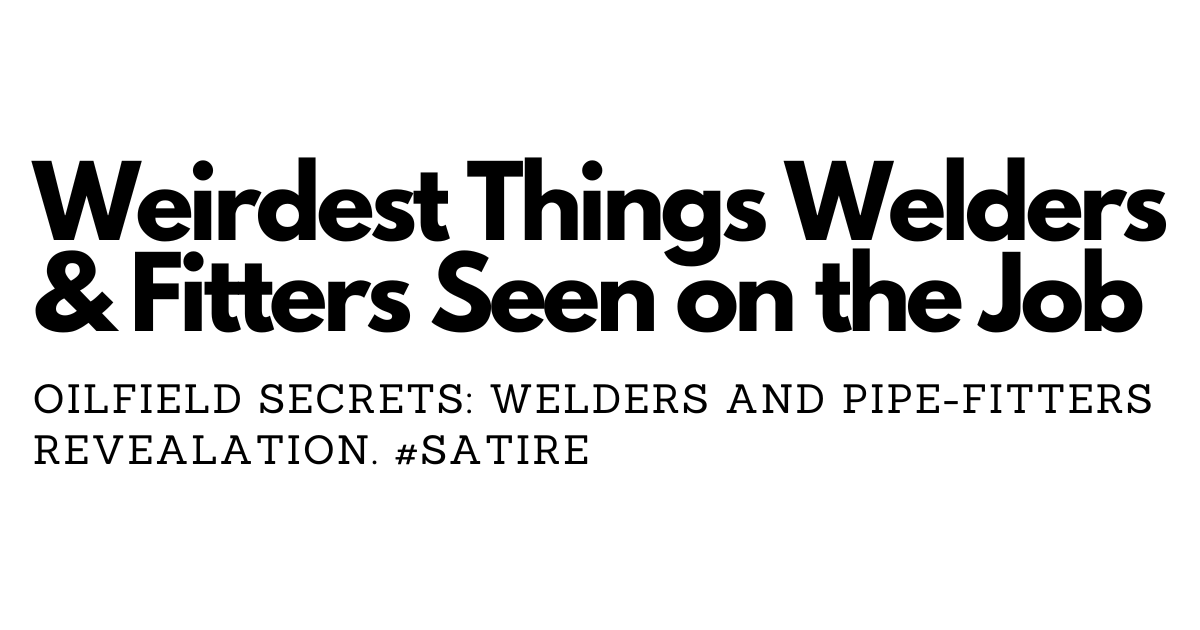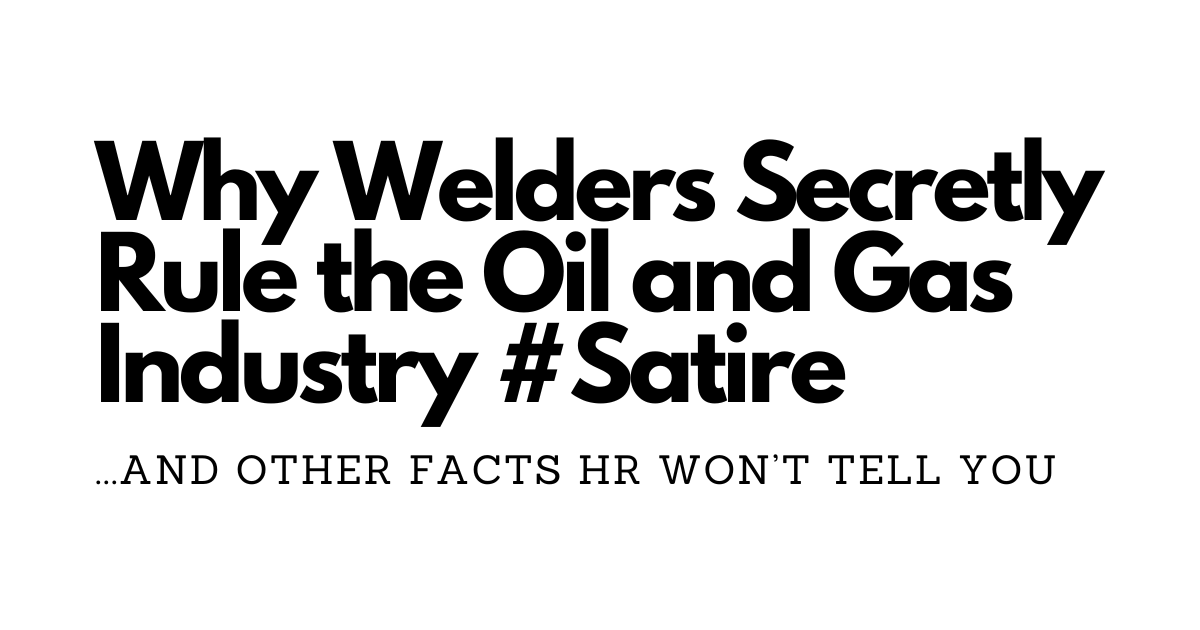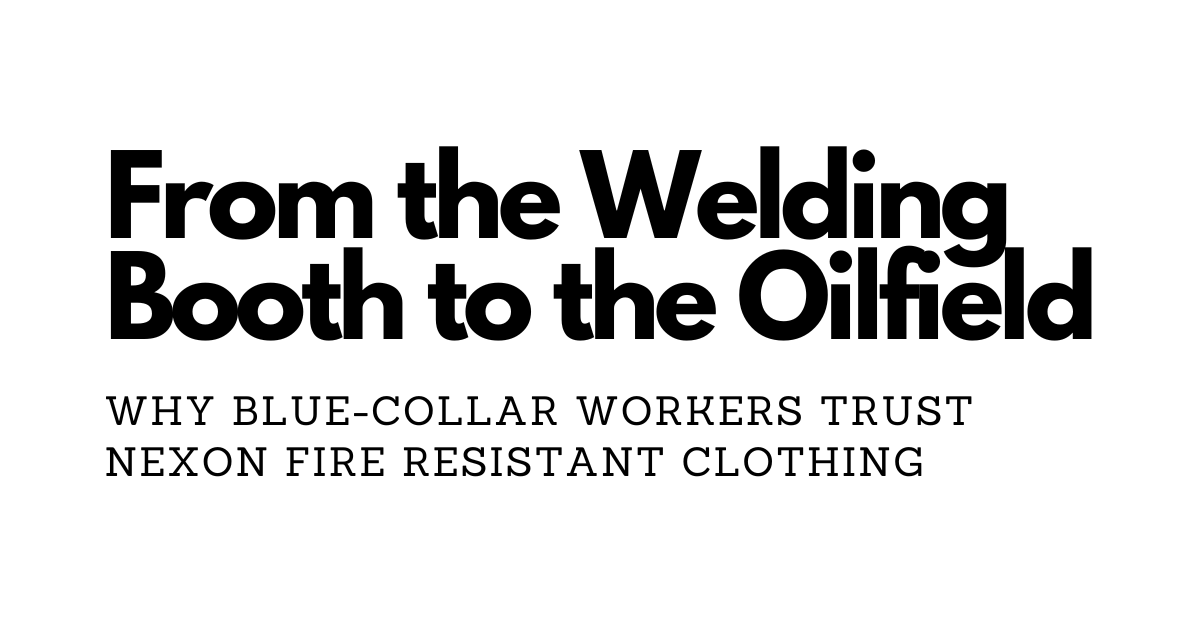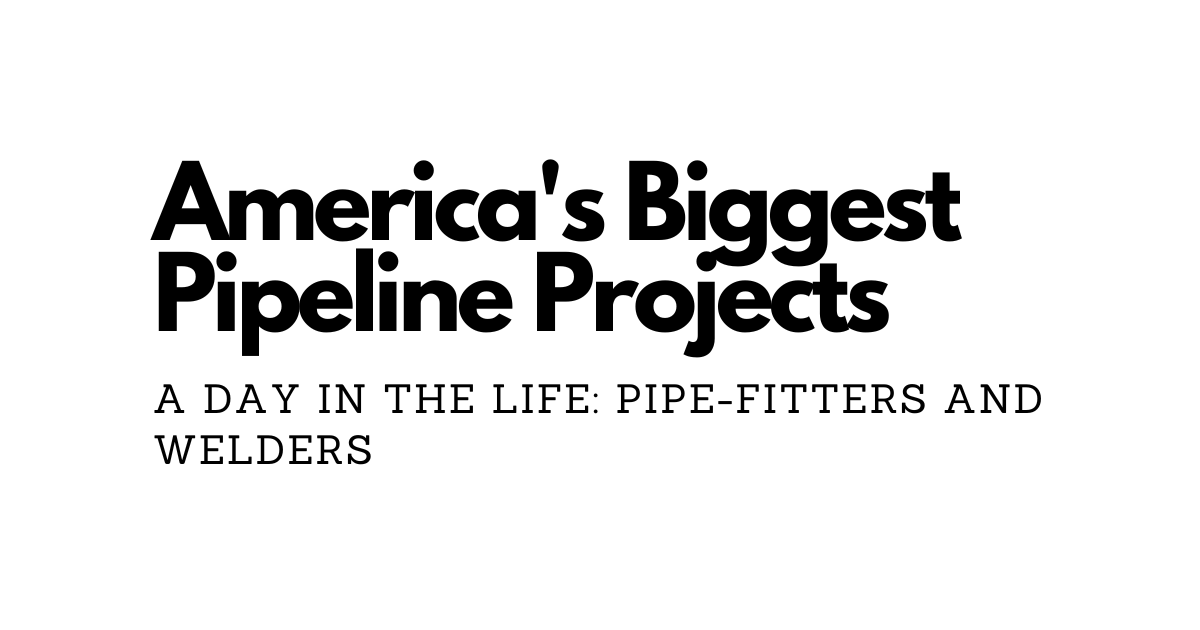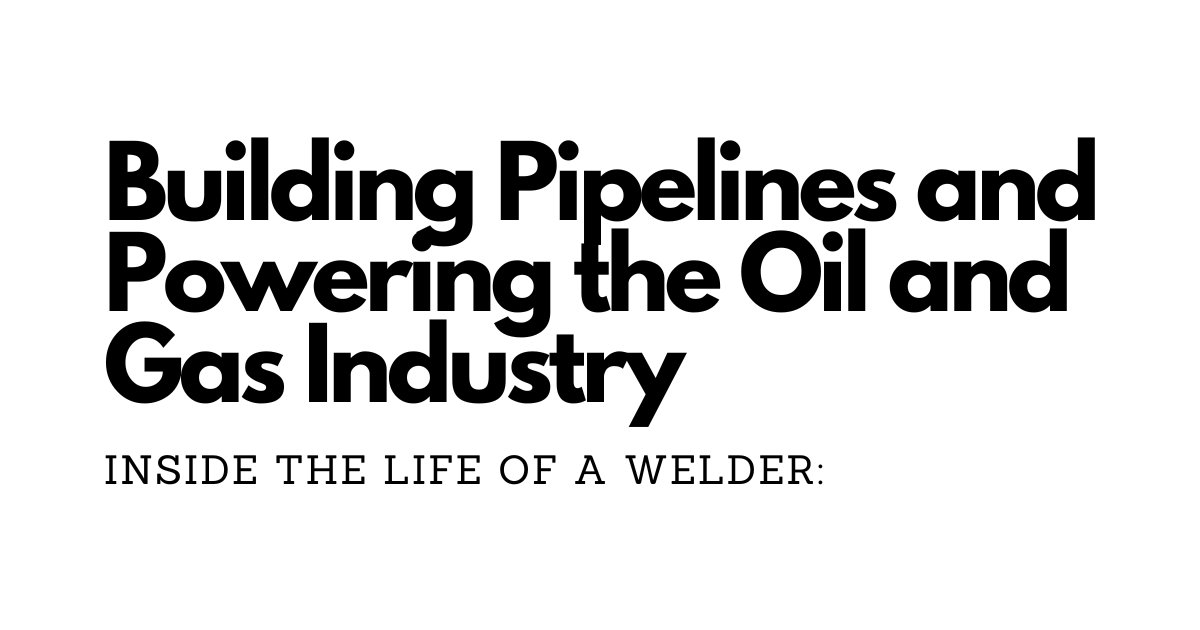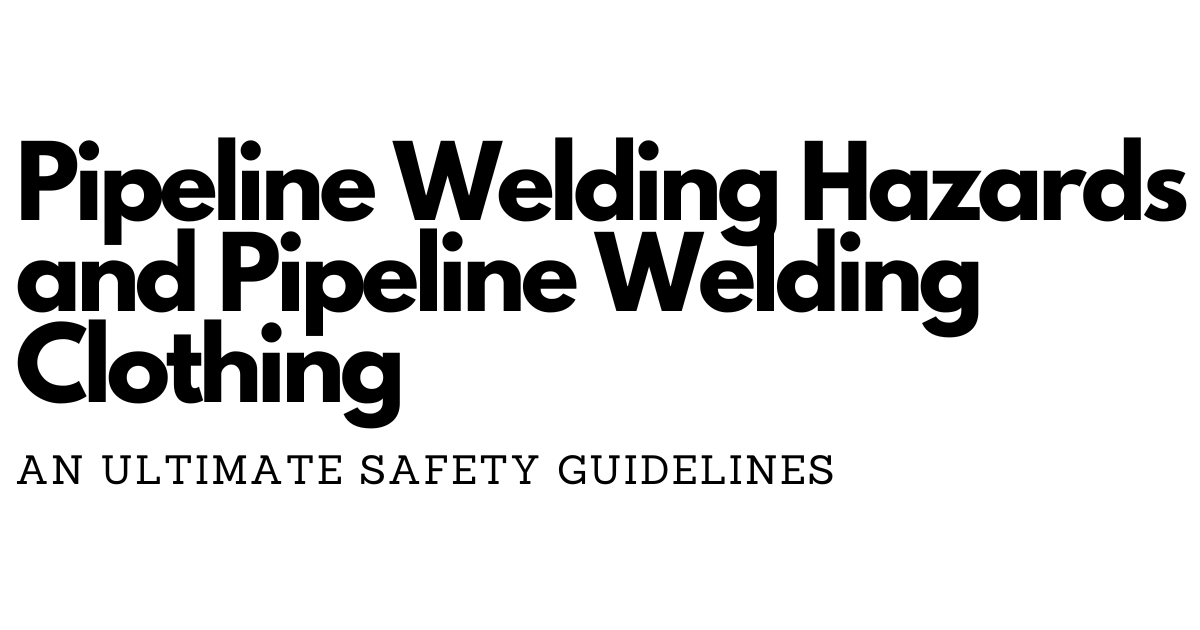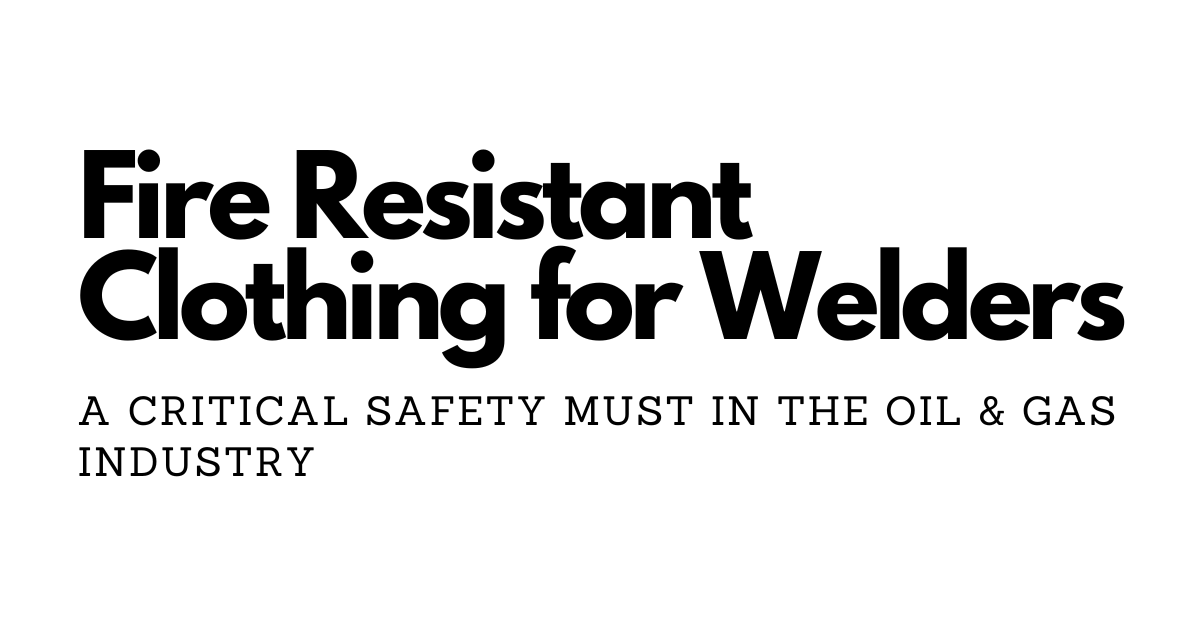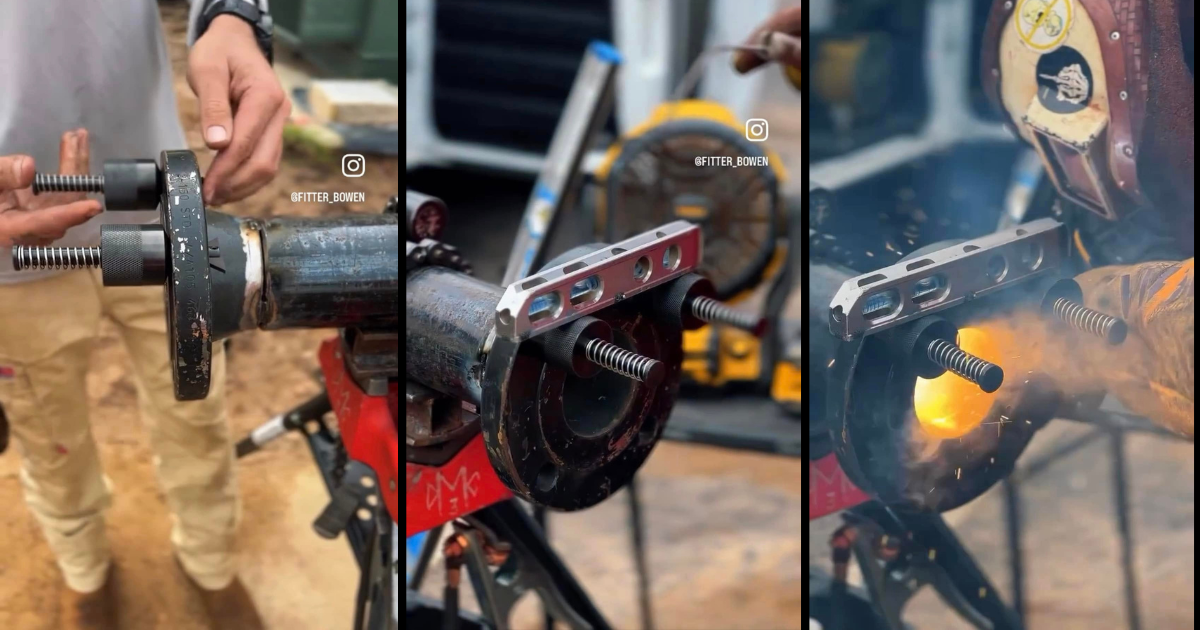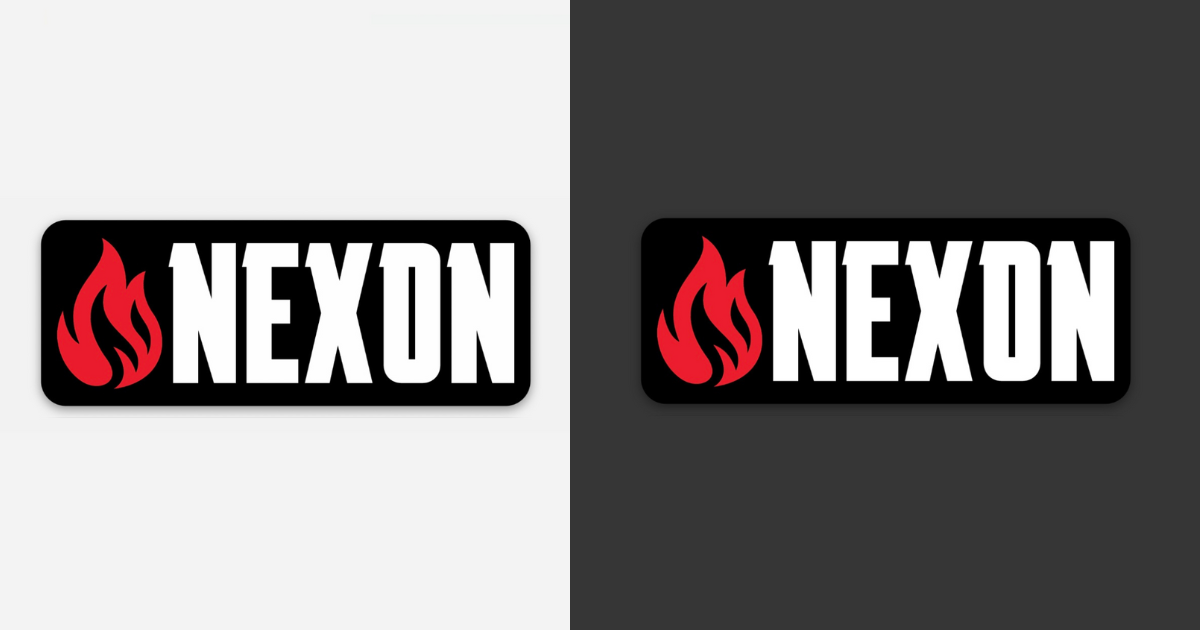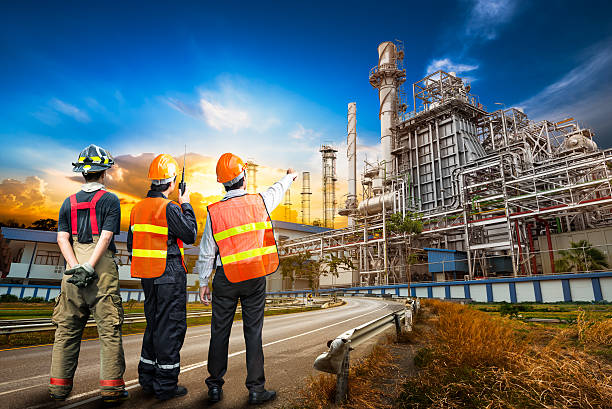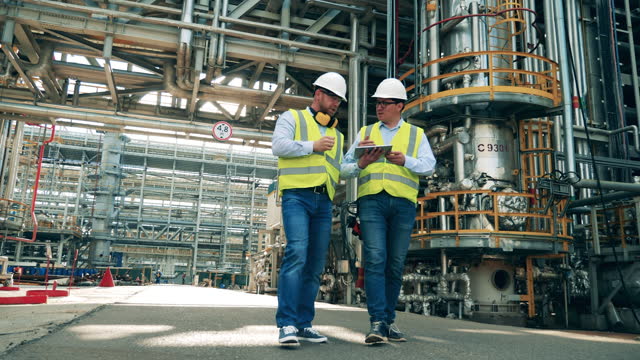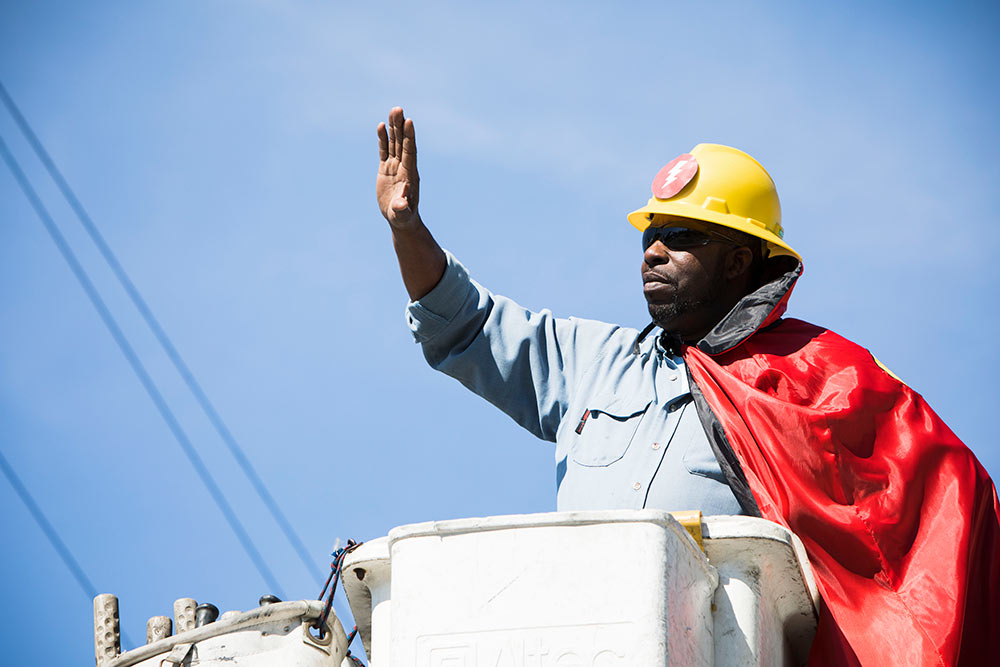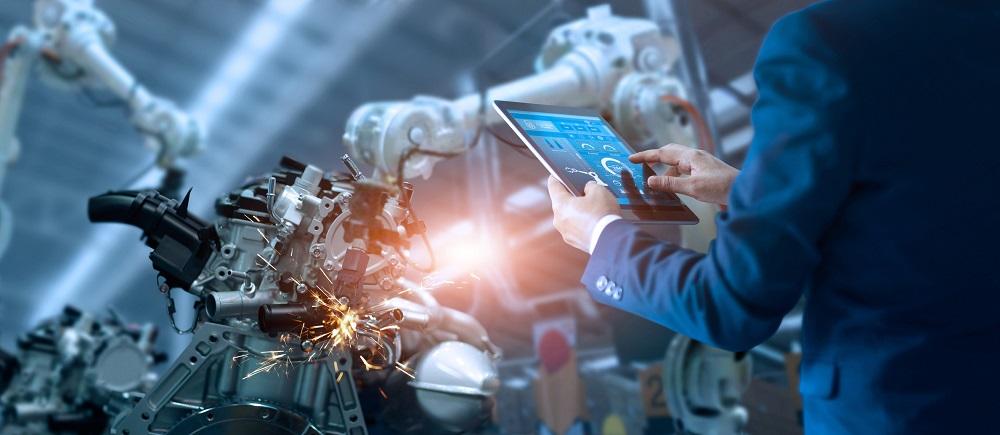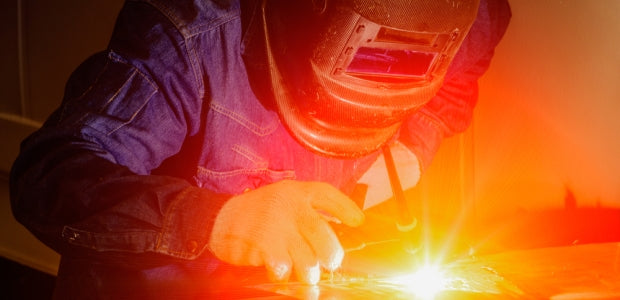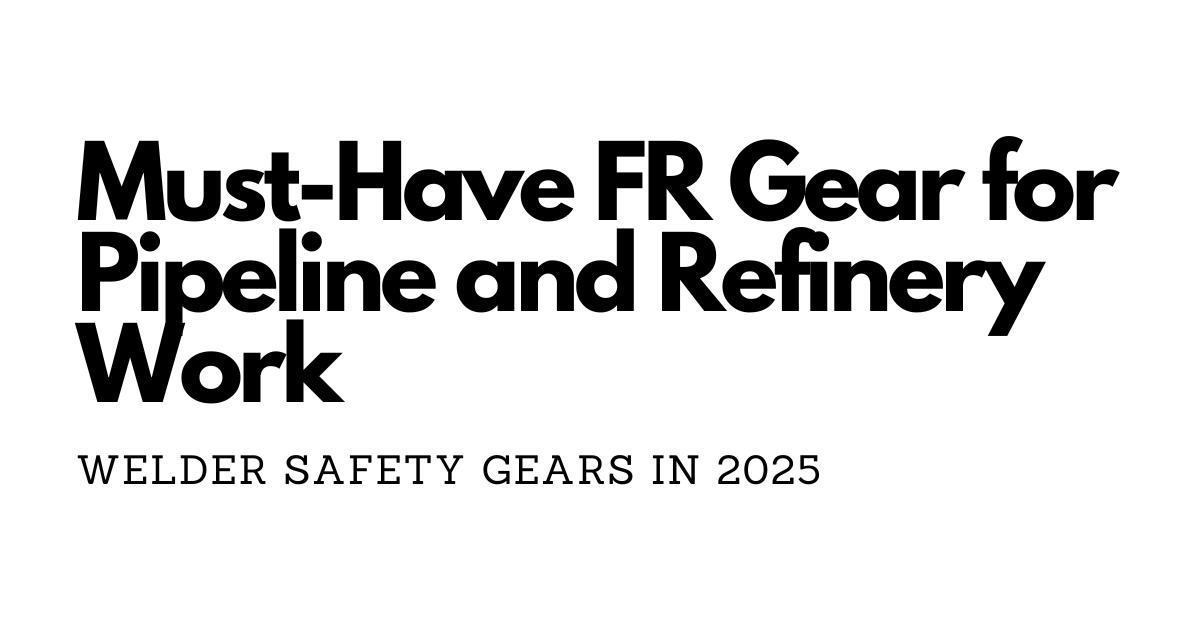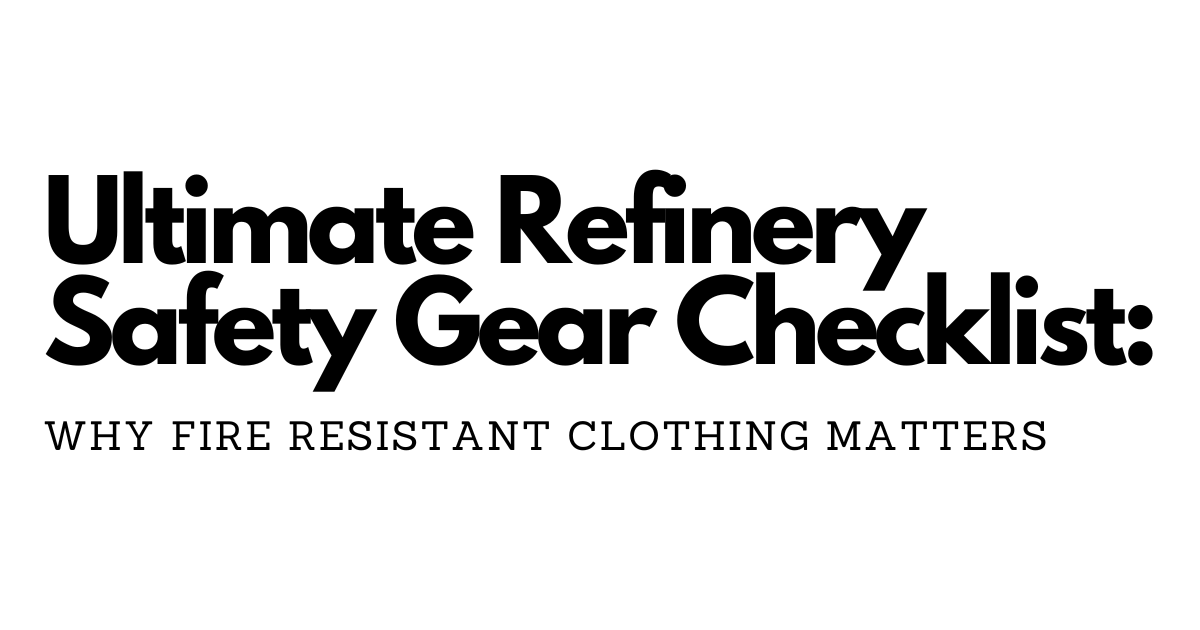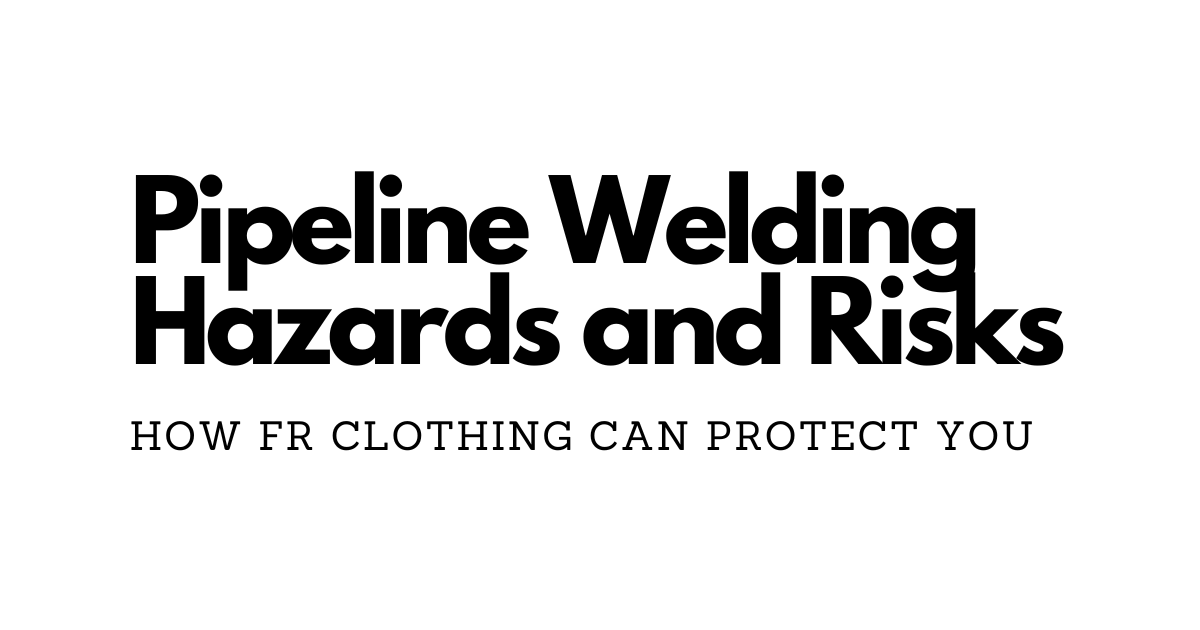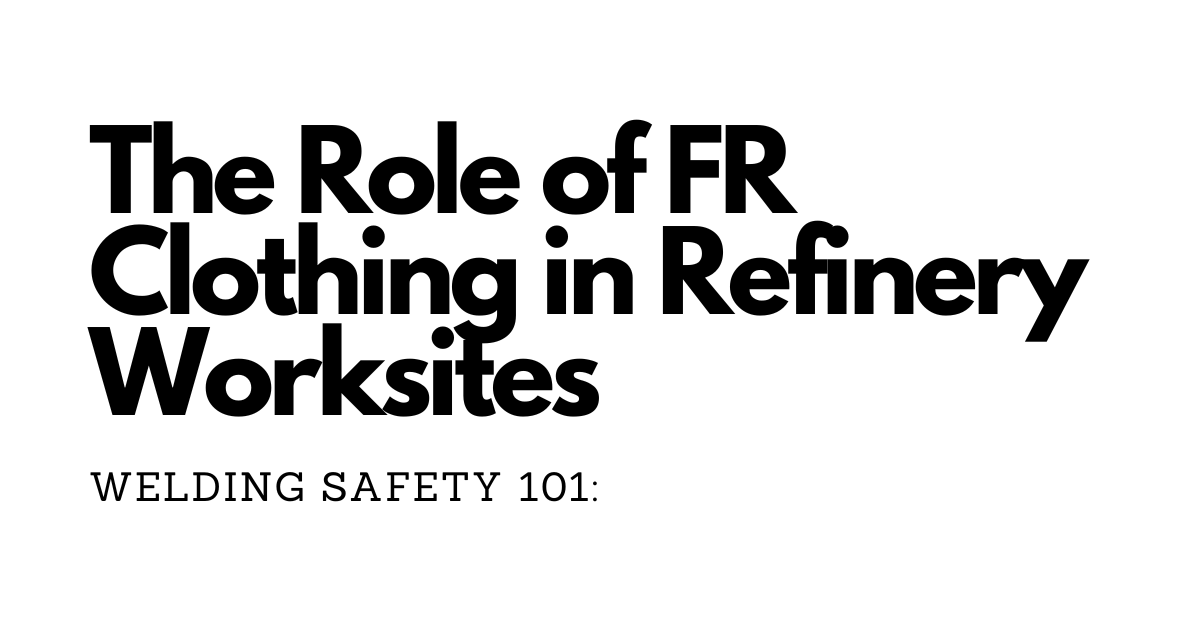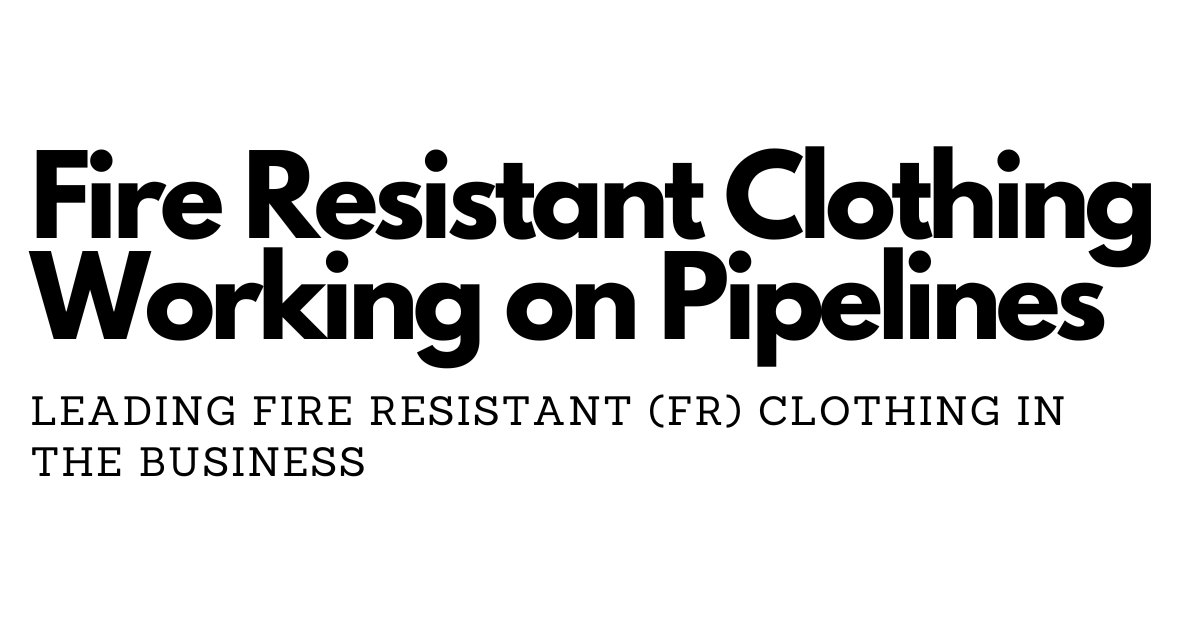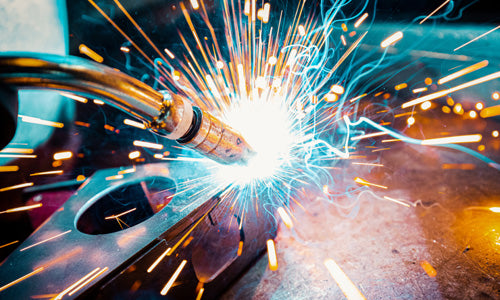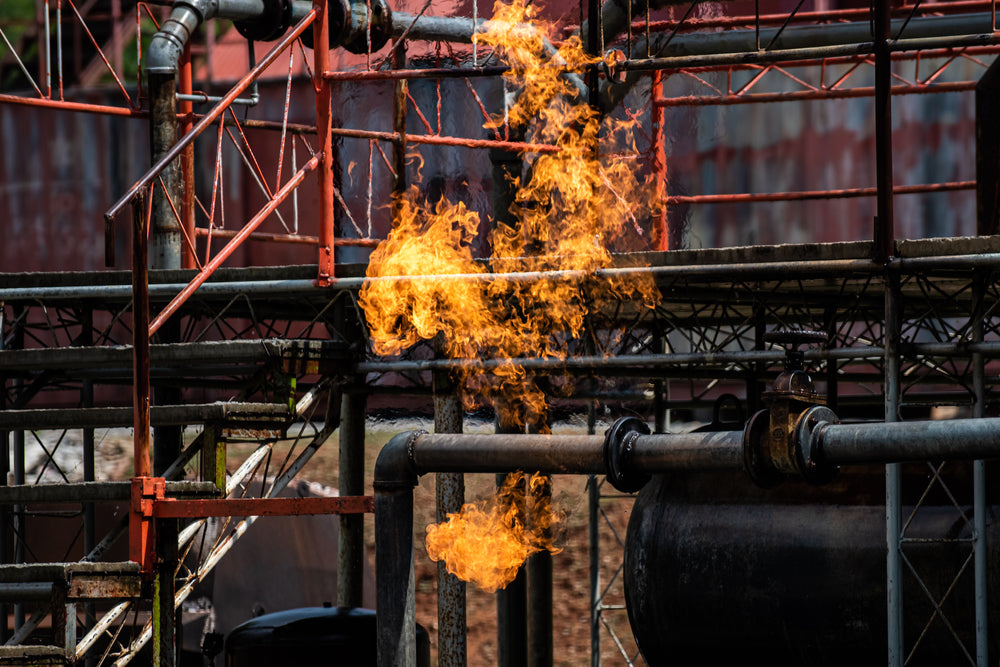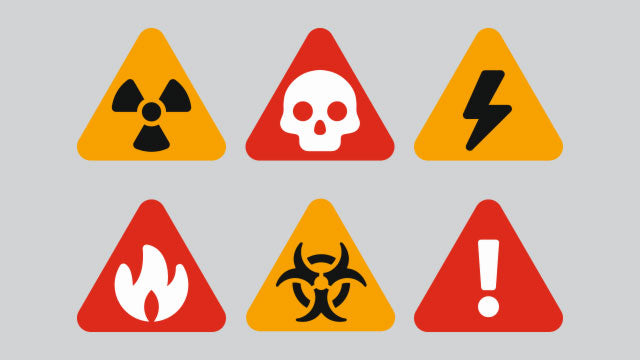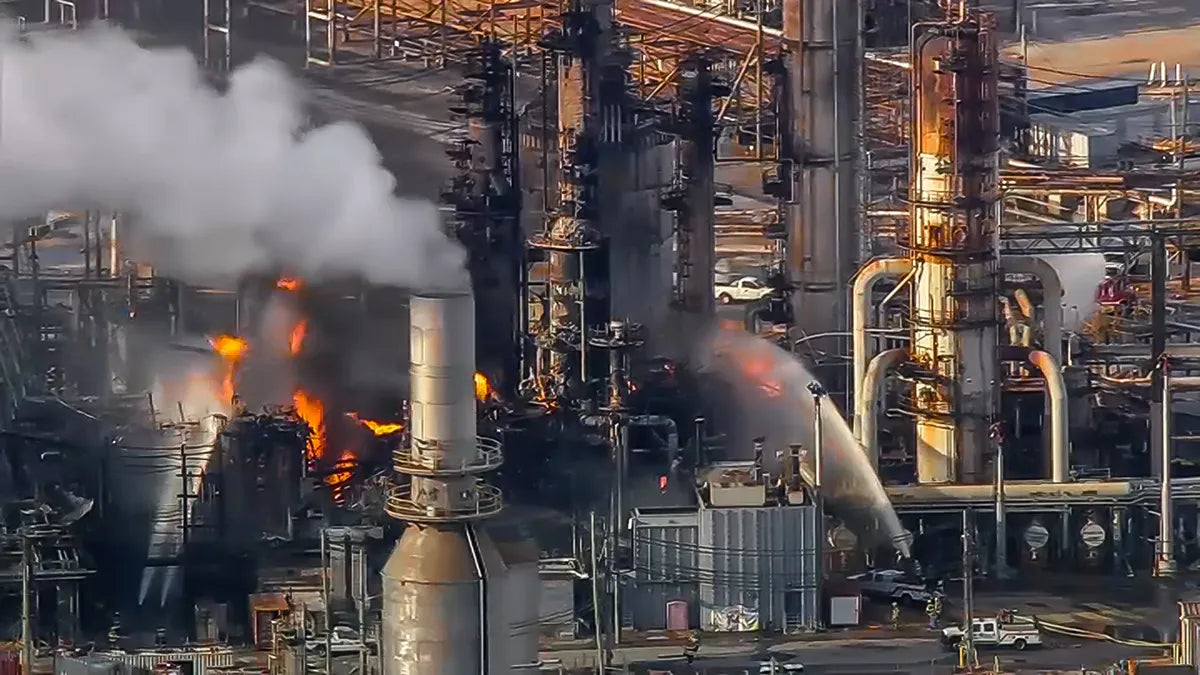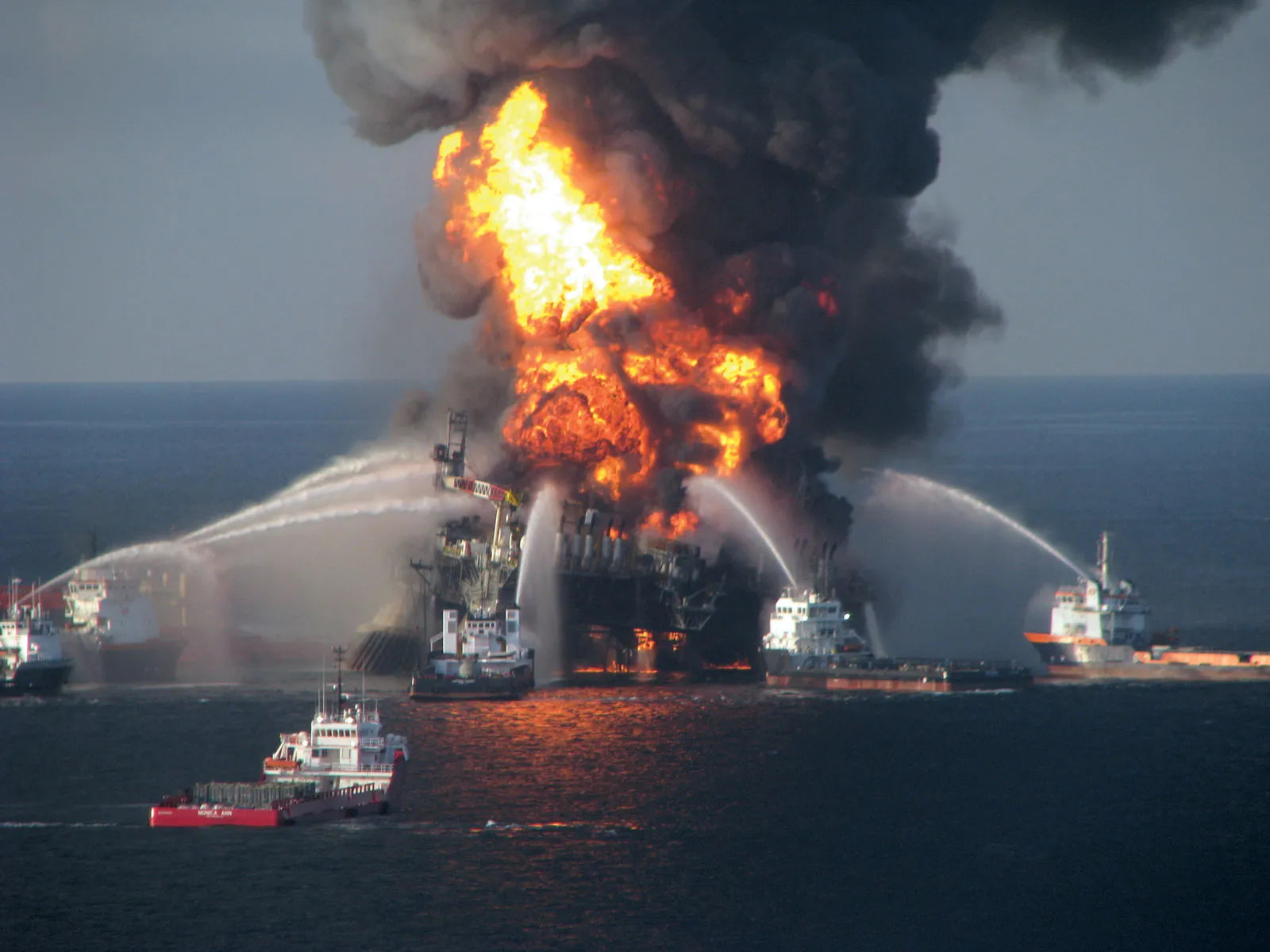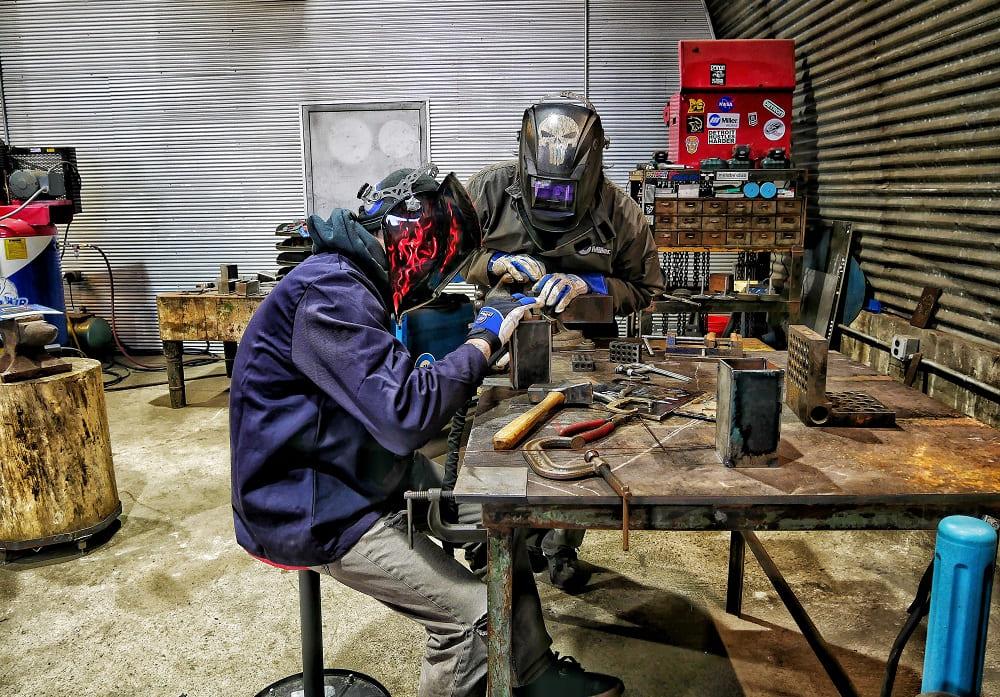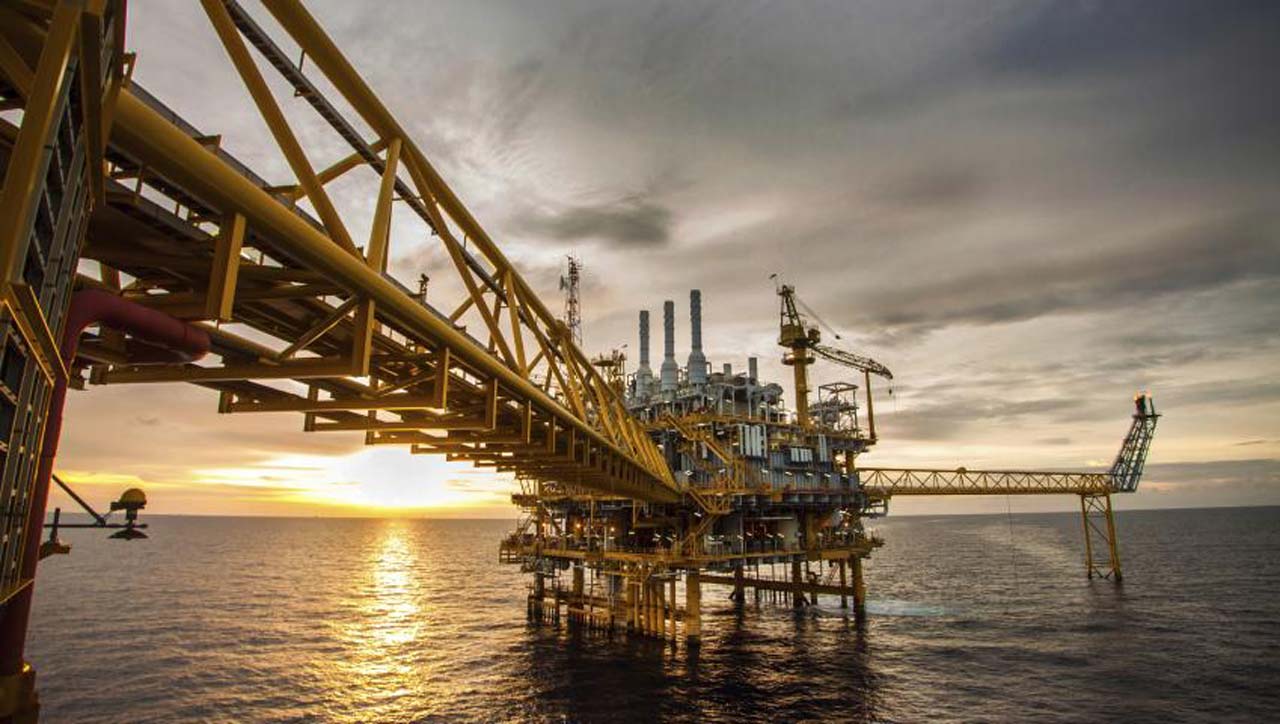
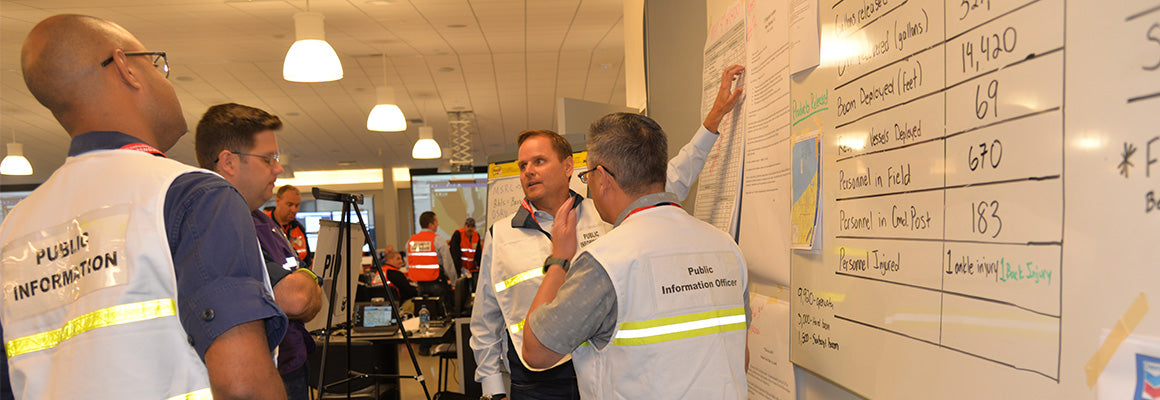
Preventing Accidents: The Importance of Hazard Identification in Refineries. Oil refineries are complex industrial facilities that play a crucial role in meeting global energy demands. However, they also pose inherent risks due to the presence of flammable materials, high-pressure equipment, and various chemicals. To ensure the safety of workers and the surrounding environment, hazard identification is a fundamental and ongoing process in refineries. In this article, we will delve into the significance of hazard identification and its pivotal role in preventing accidents within these critical operations.
The Crucial Role of Hazard Identification: Hazard identification is the systematic process of recognizing and evaluating potential dangers within a refinery environment. Its primary goal is to identify any conditions, substances, or practices that could lead to accidents, injuries, or harm to the environment. Effective hazard identification serves as the foundation for developing and implementing safety measures.
Why Hazard Identification Matters:
-
Preventing Accidents: The most immediate benefit of hazard identification is the prevention of accidents. By proactively recognizing and addressing potential risks, refineries can take preventive actions to eliminate or mitigate hazards before they result in harm.
-
Worker Safety: The safety and well-being of employees are paramount. Hazard identification helps protect workers from injuries, illnesses, or fatalities by identifying and controlling workplace risks.
-
Environmental Protection: Oil refineries often operate in environmentally sensitive areas. Identifying hazards and implementing safeguards can reduce the risk of environmental disasters, such as spills or chemical releases, which can have far-reaching ecological consequences.
-
Legal Compliance: Many countries have stringent safety and environmental regulations for refineries. Effective hazard identification ensures compliance with these regulations, helping refineries avoid legal issues and penalties.
Key Steps in Hazard Identification:
-
Hazard Assessment: Start by conducting a comprehensive assessment of the refinery, considering all aspects of operations, including equipment, materials, processes, and human factors.
-
Employee Input: Workers on the frontlines often have valuable insights into potential hazards. Encourage them to report safety concerns and near-miss incidents.
-
Use of Technology: Employ modern technology, such as sensors, data analytics, and modeling software, to assist in hazard identification. These tools can provide real-time data and predictive analysis.
-
Regular Inspections: Conduct routine inspections and audits to identify potential hazards. This includes checking equipment integrity, process safety systems, and adherence to safety protocols.
-
Prioritization: Once hazards are identified, prioritize them based on the severity of potential consequences and the likelihood of occurrence. This helps allocate resources effectively.
Continuous Improvement:
Hazard identification is not a one-time task; it is an ongoing process. As refineries evolve, so do the potential hazards. Continuous improvement involves regular reviews of hazard assessments, updating safety protocols, and providing ongoing training to personnel.
In the oil and gas industry, safety is paramount, and hazard identification is the cornerstone of a robust safety culture. By recognizing potential dangers and taking proactive steps to mitigate risks, refineries can create a safer work environment, protect the environment, and ensure compliance with regulations. Ultimately, hazard identification is not just a safety requirement; it is a commitment to the well-being of workers, the community, and the industry as a whole.
Emergency Response Protocols: The oil and gas industry is vital to our global energy needs, but it comes with inherent risks, especially in oil refineries where complex processes take place daily. To mitigate these risks and ensure the safety of workers, robust emergency response protocols are paramount. In this article, we'll explore the critical role of emergency response protocols in oil refineries and how they are designed to protect the well-being of employees and the surrounding environment.
Understanding the Importance of Emergency Response Protocols: Oil refineries are intricate facilities with numerous potential hazards, including fires, chemical releases, and equipment failures. The purpose of emergency response protocols is to establish a systematic and organized approach to handling emergencies swiftly and effectively. These protocols are designed with three primary objectives in mind:
-
Protecting Lives: The foremost priority in any emergency is the safety and well-being of the refinery's workforce. Emergency response protocols outline procedures for evacuating personnel, providing medical assistance, and minimizing the risk of injury or loss of life.
-
Preserving the Environment: Oil refineries often operate in sensitive ecological areas. Effective protocols aim to contain and mitigate the impact of spills or releases to protect nearby ecosystems and water sources.
-
Maintaining Operations: While safety is paramount, emergency response protocols also incorporate strategies to minimize disruptions to refinery operations. Quick and efficient responses can help prevent or mitigate damage to equipment and infrastructure.
Key Components of Emergency Response Protocols:
-
Identification of Potential Hazards: The first step in emergency planning is identifying potential hazards within the refinery, from flammable materials to chemical storage areas. Understanding these risks allows for tailored response strategies.
-
Clear Communication: Effective communication is crucial during emergencies. Protocols establish channels for reporting incidents, alerting personnel, and coordinating response efforts.
-
Evacuation Plans: Protocols outline evacuation routes, assembly points, and procedures for safely relocating personnel in the event of a fire or other major incident.
-
Emergency Response Teams: Trained response teams are essential. Protocols define the roles and responsibilities of these teams, including first responders, firefighters, and medical personnel.
-
Training and Drills: Regular training and emergency drills ensure that employees understand their roles and are prepared to respond effectively in high-stress situations.
-
Coordination with External Agencies: Protocols establish communication and coordination mechanisms with local authorities, emergency services, and regulatory agencies.
Continuous Improvement and Adaptation: Emergency response protocols are not static documents; they evolve and adapt to changing circumstances, technology, and regulations. Regular evaluations, post-incident analyses, and updates ensure that protocols remain effective and compliant with safety standards.
The implementation of comprehensive emergency response protocols in oil refineries is essential to safeguarding the lives of workers, protecting the environment, and maintaining operational continuity. By adhering to these protocols, refineries can respond swiftly and effectively to emergencies, minimizing risks and ensuring the safety of their workforce and surrounding communities. In an industry where safety is paramount, these protocols play a critical role in maintaining a secure and sustainable environment.
